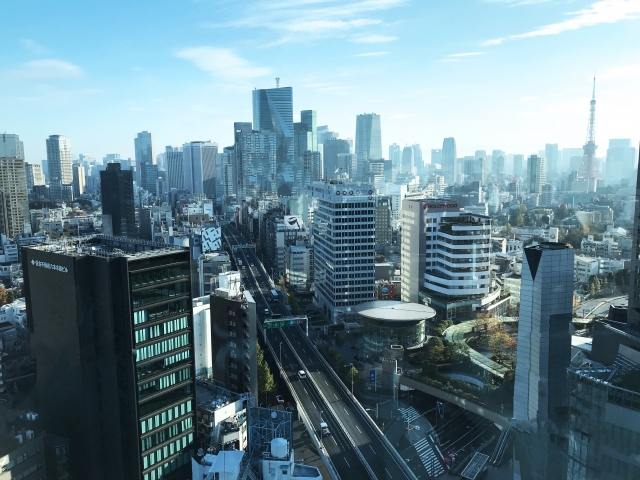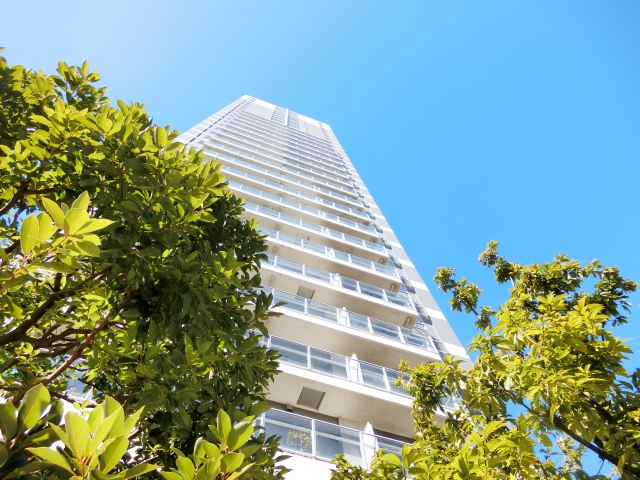How to Read a Japanese Address
2021-02-17
Japanese Culture & Customs

Foreign residents in Japan are required to have a residence card that indicates their address. However, Japanese addresses can be difficult to read for foreigners, especially since there are no street names (except in some cases like Kyoto and Sapporo). In this article, we explain how to read Japanese addresses.
・What is an address?
An address is a collection of information that gives the location of a building or the residence of a person. For example, the address of the Tokyo Metropolitan Government Building is as follows:
〒163-8001 東京都新宿区西新宿2丁目8−1
The same address written in its romanized form is as follows:
Nishi-shinjuku 2-chome 8-1, Shinjuku-ku, Tokyo 163-8001
An address is a very important piece of information that is usually written on personal identification cards, including the residence cards of foreign residents. You need to be able to write down your address in many situations in Japan, such as when filling out application forms.
・Parts of a Japanese address
Let’s break down a typical Japanese address and explain its different parts.
① Postal code
The first part of a Japanese address is the postal code. It is indicated by the symbol “〒” followed by a 7-digit number written as three digits hyphen four digits (e.g. 〒123-4567).
② Prefecture
The next part is the prefecture, known in Japanese as都道府県 (Todofuken). In Japan, there are 47 prefectures that consist of 1 都 “To” (Tokyo-to), 1 道 “Do” (Hokkaido), 2 府 “Fu” (Osaka-fu and Kyoto-fu), 43 県 “Ken” (Aomori-ken, etc).
③ Municipality
After the prefecture comes the municipality, known in Japanese as市区町村 (Shi-ku-cho-son)”. 市 “Shi” refers to cities, 町 “Cho” refers to towns, and 村 “Son” refers to villages.
区 “Ku” refers to wards which is a designation given to subsections of cities with sufficiently large populations (known as Designated Cities). The Tokyo metropolitan area is also divided into 23 wards that are known as Special Wards for administrative purposes, but are commonly referred to simply as “wards”.
The smaller municipalities of 町 “Cho” (towns) and村 “Son” (villages) are often preceded by a郡 “Gun” (district).
While it is not crucial to understand the differences between the types of municipalities when reading an address, understanding them can give you an idea of the kind of place the address is in.
④ Subdivision
A municipality can be divided into subdivisions known as町 “Cho”, 大字 “Oaza”, or 字 “Aza”. In the address of the Tokyo Metropolitan Government Building mentioned above, the subdivision is “Nishi-Shinjuku”.
⑤ City District/Block/Number
The next part is the city district丁目 “chome”, block 番地 “banchi”, and number. In the address of the Tokyo Metropolitan Government Building mentioned above, this part is “2-chome 8-1”. If written formally, this part should be written as “N-chome N-banchi N-go,” but this is commonly abbreviated to three numbers (or fewer in some cases) separated by hyphens, e.g. “N-N-N.” This kind of abbreviated address is sufficient when writing addresses for postal items.
⑥ Building/Apartment name and number
The last part of the address is the building or apartment name and room number. This only applies to residential apartments and not to solitary houses. Normally, you spell out the apartment name and room number when writing the address, but this can also be abbreviated to numbers separated by hyphens. For example, if the latter part of an address is as follows:
1丁目2番地3号ハイツ東京501号室
1-chome 2-banchi 3-go Heights Tokyo 501-goshitsu
It can be abbreviated to the following:
1-2-3-501

・Special cases
The explanation above applies to typical Japanese addresses, but there are special cases in some areas, such as the following:
・Kyoto
Although the official addressing system explained above also applies to Kyoto, most local residents make use of an unofficial system that uses street names. This use of street names probably gives it a bit of familiarity with many foreign residents, but for the most part, it is similar to a typical Japanese address (starting with the postal code up to the block and number).
・Sapporo
Addresses in Sapporo differ in structure from the official system after the ward name. The city center is divided into quadrants by two intersecting roads, and blocks are named based on their distance from this point. The north-south distance is indicated by条 “jo”, and the east-west distance is indicated by丁目 “chome”.
・Summary
In this article, we explained how to read a Japanese address, which can be a bit difficult to understand for foreigners new to Japan. However, knowing how to read addresses is an important part of life in Japan. In particular, it is a good idea to remember how to read and write the address of your residence and workplace.

